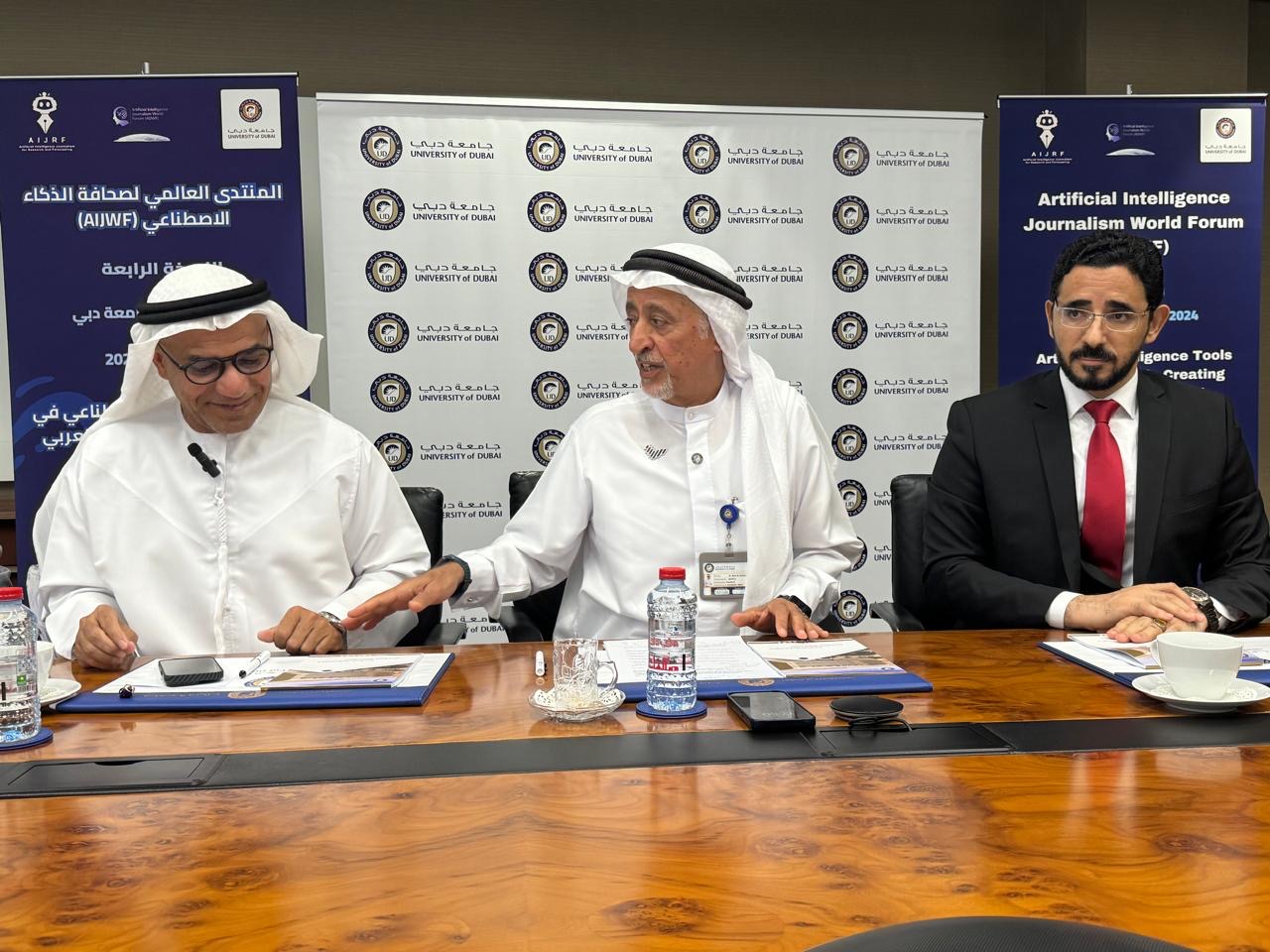Dubai – Masaader News
For the first time in nearly four years, the number of displaced Iraqis has fallen below two million, according to a new report released on Tuesday by the United Nations migration agency.
Four years of data collected by the International Organization for Migration (IOM) for its Displacement Tracking Matrix (DTM) report, concludes that 1,931,868 people currently remain displaced – the lowest figure since November 2014 – and that nearly four million people have managed to return home overall.
“IOM DTM data has documented the phases of the crisis and it has been critical for planning humanitarian assistance,” said Marta Ruedas, the UN Humanitarian Coordinator in Iraq.
Since January 2014, Iraq’s war against the terrorist group ISIL, otherwise known as Da’esh, has displaced six million Iraqis, comprising about 15 per cent of the country’s population. Last December, Iraqi Prime Minister Haider al-Abadi declared an end to the campaign to defeat the group.
Across Iraq, internally-displaced people (IDPs) continue to return home at a steady pace, but slower than in 2017, says the report. The greatest number of returnees – some 1.49 million – have made their way back to Ninewa, with 1.27 million returning to Anbar province; and nearly 553,000 to Salah al-Din Governorate. Some 77,000 have returned to homes in Baghdad.
While overall, 97 per cent have returned to their own residences, two per cent have gone to homes other than their own; while one per cent, or 19,000 vulnerable individuals, have sought shelter in religious buildings, schools and abandoned buildings.
The remaining IDPs are concentrated in: Ninewa (602,000), Dahuk (349,000), Erbil (217,000), Salah al-Din (169,000), Sulaymaniyah (151,000) and Kirkuk (124,000). Of the displaced, 1.2 million are in private residences, 574,000 in camps, and 176,000 in critical shelters.
“Data on returns is also essential for this next phase of our support for recovery and reintegration.” Ms. Ruedas explained.







